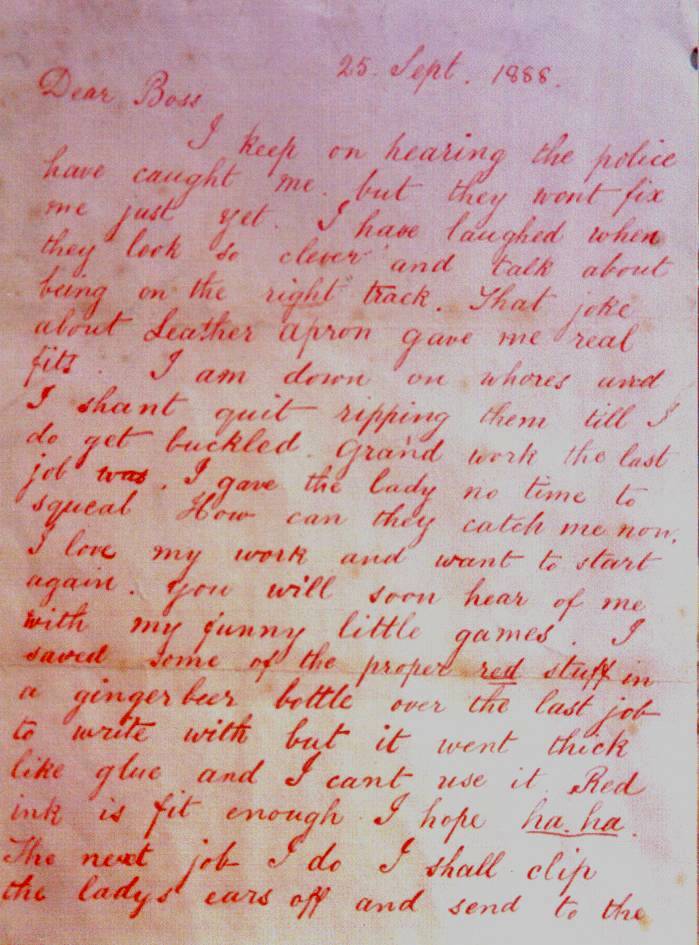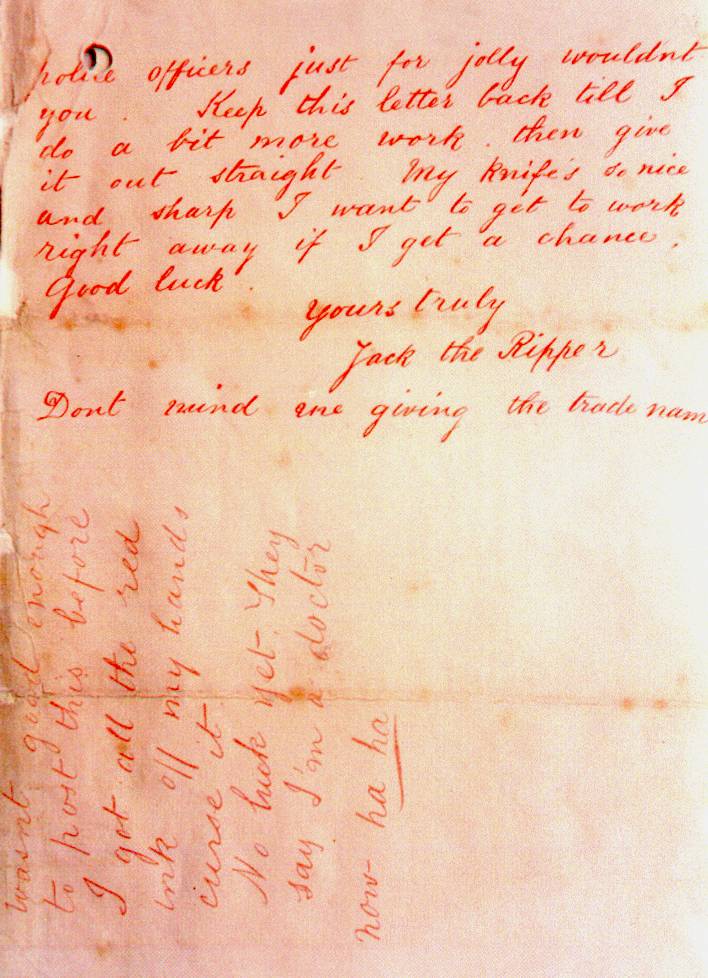The Madwoman in the Attic – Women & Madness in the Victorian Era
During the
Victorian period not many people knew much about mental health and neither did
they really know what makes a person ‘mad’. A lot of women in the 19th century were
diagnosed as being insane and sometimes that was the case but most of the time
it was because either their families had given up on them or they didn’t
confine to the conventional life of a Victorian woman. Due to a lot of doctors
and psychiatrists not really understanding the way depression and anxiety
worked a lot of women would be thrown into a mental asylum just because they
were stressed. Now in the 21st century what would be provided for people
suffering with mental illnesses would be counselling and therapy. However in
the Victorian era they did not understand this, patients were either given lots
of drugs or their brain was operated on. This was not only frightening and
traumatising for the patients but left the women in a hysterical state. The drugs,
the operations and electric shocking only made things worse, and turned the
women into brain dead (zombies).
What made a woman insane in the
Victorian era? Was it because she was mentally unstable or because she chose to
be different? This is the period where if women did not lead their lives the
conventional way a woman would be deemed to be insane. Women had to be
domesticated creatures, if they did not follow Victorian domesticity there was
a problem. There has always been two ways of portraying women in Victorian
culture, either the ‘angel’ or ‘monster’. To get to the point women are humans
neither angels nor monsters, but they’ve always been associated with one
extreme view. However women just like men have good days and bad days, so why
does literature turn them into insane creatures or angels? Why does literature
show that either woman have to suppress their sexuality or when they do express
it is not appropriate? Let’s focus on Jane
Eyre, why is Jane Eyre the feminist heroine and Bertha Mason the monster,
or better known as ‘the Madwoman in the attic?
There were a lot of stereotypes of women in the Victorian era, if a woman was ‘mad’ she would be prese
Unlike Bertha a lot of women were not locked up in the attic by their husband. So what happened to women who were so called considered to be ‘insane’? They were sent to a mental asylum, a lot of them were only meant to be there for a week or so but instead ended up staying for up to 3-5 years because they were mistreated and ended up feeling worse. The purpose of the mental asylum wasn’t to cure or help the mentally ill but more to exploit and experiment with them. Mental illness was not understood like it is now, we sympathise with the mentally ill more whereas, in the Victorian era women who were mentally unstable were seen as witches or possessed by the devil.
This sense
of blaming the victim is also seen in Jane Eyre. Rochester blames Bertha for
being mentally ill. He says “Bertha Mason is mad; and
she came of a mad family; idiots and maniacs through three generations! Her
mother, the Creole, was both a madwoman and a drunkard! — As I found out after
I had wed the daughter: for they were silent on family secrets before. Bertha,
like a dutiful child, copied her parent in both points (257).” The way
Rochester talks about Bertha and her mother is not only insensitive but he seems
to blame her and her mother for her being the way she is. However by Rochester
accusing her of being mad makes her irrelevant, during the Victorian period if
a woman was considered to be insane she was not respected and neither were her
views valued or heard. Although we don’t find out much about Bertha in Jane Eyre apart from her being insane
Jean Rhys gives us an insight to Bertha's mind in Wide Sargasso Sea. Rhys gives Bertha a voice and untold her story…
We soon find out that Bertha is not too different from Jane Eyre herself, they
both have a lot in common. But because Bertha is the strong minded creole woman
she is presented as mentally insane rather than a feminist heroine like Jane
is, which is typical. Instead we find
out that her name is Antoinette Cosway and the only person that drove her to
insanity was Rochester, who stripped her of her identity and bought her to
England to be locked in an attic, now who seems more insane here?
The women who were sent to mental asylums were treated like
prisoners rather than patients. They were locked away with no contact to
others, isolated and some were even caged. I don’t know about you, but to me
this doesn’t seem so healthy. The conditions in asylums were not hygienic and
very crowded, the patients suffered immensely because of this. Let’s take a
look at some of the so called treatments patients were manipulated to go
through.

1 Lobotomy - This was a surgical operation
involving incision into the prefrontal lobe of the brain, which was done by two
ice pricks, which often left the patients feelings brain dead.
2 Electroconvulsive Therapy - this procedure involved small electric
currents being passed through the brain, intentionally triggering a brief
seizure. This was considered as a treatment but was seen more as torture for
the patients, especially because it was meant to be performed when the patient
is under anaesthetics. However sometimes this was performed when the patient
was fully conscious.
3 Caged – This was more of a method of torture and control –
patients who couldn’t control their emotions were caged often for days and left
isolated.
4
Waterboarding Torture – Patients were blindfolded strapped to a
chair and tipped into a pool of freezing cold water to subdue their emotions.
Patients were treated unethically in
mental asylums, most of them started of sane and were driven to insanity
because of the torture and mistreatment they received in the asylum. Mental
asylums were full of women who were misunderstood or just placed there because
they were not wanted by their husbands as men were the dominant ones women did
not have a say in this. The only way for them to get out of the asylum was to
comply with the doctors and take the drugs they were given. However these drugs
only made them worse and slowed them down hence why so many stayed for multiple
years.
Now that science has developed immensely doctors and psychiatrist have found out more about mental illnesses and how to treat people who suffer from mental disorders such as depression, anxiety, schizophrenia and psychosis. Now we have the NHS we have ethical treatments, such as cognitive therapy which involves therapy through speaking to the patient. Although psychiatrist are allowed to give medication to their patients, medicines are now highly developed and tested so people do not suffer. Specific medication is given for specific disorders unlike the 19th century where all the women were given the same drugs and dosage which would numb them rather than decrease their symptoms.
Bibliography:
Bronte, Charlotte. Jane Eyre: Wordsworth Classics. Hertfordshire. Wordsworth Editions
Limited, 1999. Print
Gilbert. Sandra M, Susan, Gubar. The Madwoman in the Attic: The Woman
Writer and the Nineteenth- Century Literary Imagination. Yale University:
Second Edition, 2000. Print
Images Cited:




















